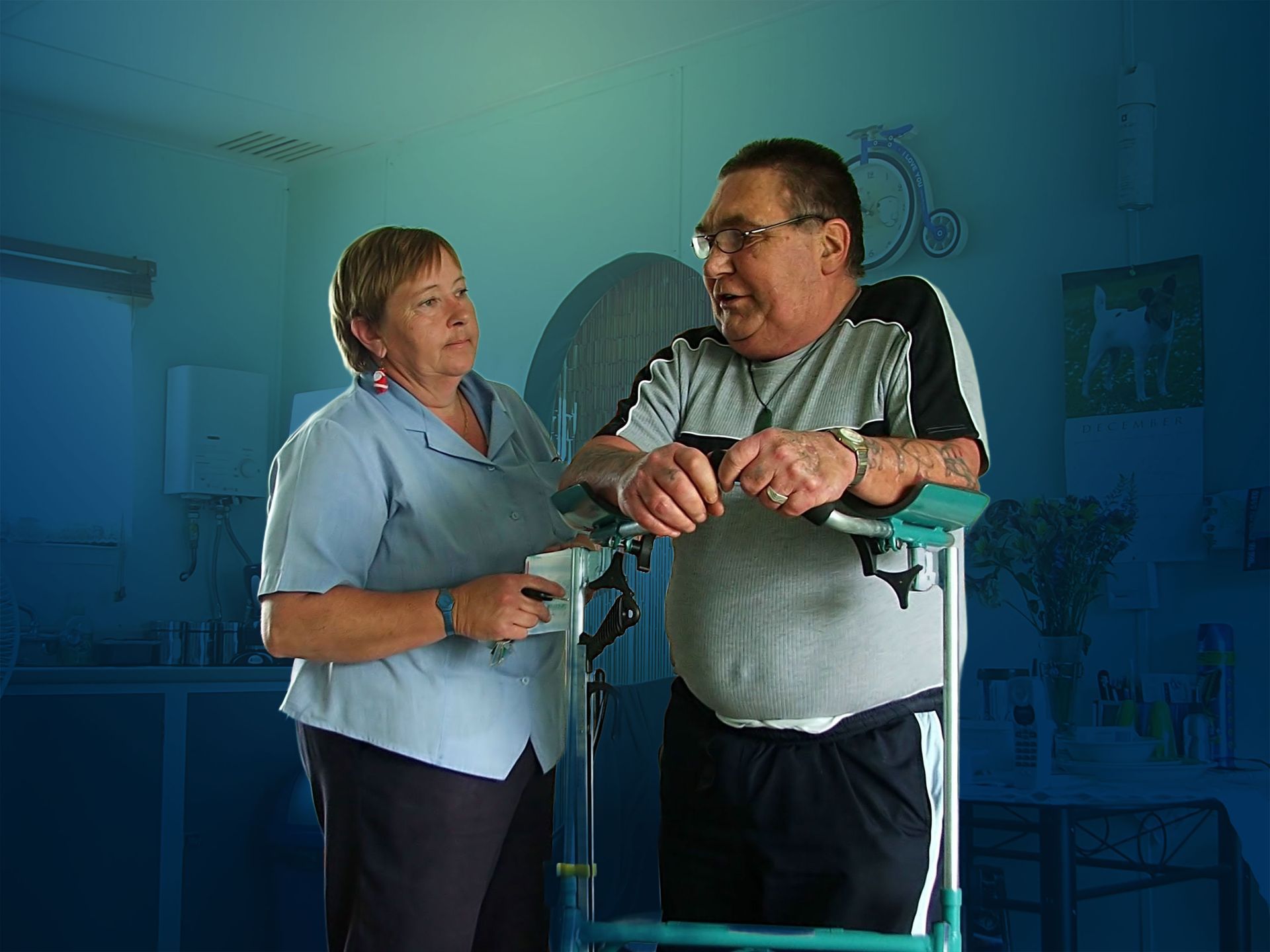Looking for a Personal Injury lawyer to represent you?
Personal Injury Lawyer : Accident Injury Attorney
Texas has thousands of personal injury accidents every year. From vehicle collisions, motorcycle accidents, to slip and fall accidents, many harmful incidents result in serious injuries that will impact not only the victim, but also their family. If you or a loved one has an injury from an accident, you may face thousands of dollars in lost wages, property repairs and medical expenses. You may also experience a great deal of pain and suffering. A serious accident could drastically alter your and your family’s life.
At Gordon & Elias, LLP, our accident injury lawyers believe you should have an expert advocate making sure you never have to pay the price for someone else’s negligence. If another person caused your injury in Texas or other US states, it should be that person’s responsibility to pay for your property repairs, medical bills, and other expenses. If you were involved in a car accident, partnering with a knowledgeable car accident lawyer can significantly improve your chances of obtaining fair compensation for your losses. Representation by our personal injury attorneys, who are committed to helping injured people, will make it easier for you to obtain fair compensation for your losses from at-fault parties in Texas or elsewhere in the US, whether you are construction workers, oil rig or maritime workers, suffer a railroad injury, or are in a truck accident.
TYPES OF PERSONAL INJURY CASES WE HANDLE
- Car accidents
- Slip and fall accidents
- Premises accidents
- Dog bites
- Railroad accidents
- Construction accidents
- Work accidents
- Dangerous pharmaceutical drugs
- Defective products
- Nursing home injuries
- Catastrophic injury claims
- Wrongful death
At Gordon & Elias, LLP , we have spent years accepting cases in a variety of practice areas that fall under the umbrella of personal injury law. We have experience representing clients during many types of injury claims.

This is not a full list of cases we accept. We can assist clients who have broken bones, burn injuries, traumatic brain injuries, scars, disfigurement, spine injuries, organ damage and more. Please contact our law firm to discuss your unique case.
Contact us if you think you have grounds for a claim.
Call
800.773.6770 or fill out our form today to schedule a free consultation.
FREE TRUCK ACCIDENT CASE CONSULTATION
Take advantage of the free case review by an experienced personal injury attorney at Gordon & Elias LLP to learn what options are available to help you win a monetary recovery for your injuries. We have extensive experience handling accident cases throughout Texas. We will give you the attention you deserve. Call for an appointment today. We have an office in Houston as well as a Rio Grande Valley office in Edinburg, Texas.
WHY HIRE Gordon & Elias, LLP PERSONAL INJURY ATTORNEYS?
- We believe in the power of individualized client care. Our law firm accepts fewer cases so we can dedicate 100% of our time and attention to each client.
- We have years of experience practicing personal injury law. We can take many types of personal injury cases, from 18-wheeler accidents to dog attacks.
- Read the testimonials and /or reviews from some of our clients.
- We know how to obtain maximum compensation for injured clients. Most injury claims settle, but we are prepared to take claims to trial in Houston if necessary.
- We accept clients with serious injury claims on a contingency fee basis. You will only pay our legal fees if you have a successful outcome by our obtaining compensation on your behalf.
After a serious injury in Texas or elsewhere in the US, do not wait to contact an injury lawyer. An experienced personal injury attorney from Gordon & Elias, LLP will review your case and explain your rights for free. Most personal injury lawyers handle cases on a contingent fee bases. Therefore the consultation is free, but a percentage on the amount recovered, usually 33.33%, will be taken as the personal injury lawyer's fee.
If we take you on as a client, we can immediately go to work on bringing one or more defendants to justice for causing your accident.
We have a reputation of bringing respect, professionalism and a personal touch to every injury claim we accept.

We will help you seek maximum compensation
QUESTIONS YOU MAY HAVE


WHAT SHOULD I DO IF I’VE BEEN INJURED?
It is important to complete a few critical steps as an injured victim in the aftermath of a serious accident. The actions you take or do not take in the beginning can shape the rest of your injury claim.
Contact our law firm as early as you or a family member can after the accident to learn what you need to do next. We can tailor our advice to you during a free claim evaluation.
In the meantime, these are a few general tips for building a case.
- Involve the authorities. Report your accident immediately to the police, if appropriate, or another authority figure, such as the manager of a construction site or owner of a store. Immediate reporting can document that your accident happened.
- Do not admit fault. Never confess any fault for causing your accident or injury. This can automatically bar you from recovery without any further investigation. Do not apologize for the accident, either.
- Take photos. Always take as many photos as possible of the accident scene, what caused your injuries, and any personal injuries or property damages. Photographs can serve as clear and convincing evidence during an injury claim. Record videos as well, if possible.
- Exchange information. If you think someone else caused your injuries, write down that person’s name and contact information. Write down other important details as well, such as the date, time and location of the accident, as well as the names of any witnesses.
- Ask for medical care. See a physician right away for injury treatment. Prompt care is important not only for your physical health, but for your insurance claim as well. Keep copies of documents such as your medical bills, hospital records and x-rays.
Once you have taken these basic steps, continue your claim by contacting the insurance company of the person you believe is to blame for your accident.
Do not immediately accept an insurance settlement if an insurance company contacts you.
We strongly advise you to first speak with a personal injury lawyer Call us at
(800) 773-6770 to discuss the details of your accident and injury claim right away. We can provide trustworthy legal advice and guide you through the rest of the steps toward obtaining fair and full financial compensation.
HOW DO I KNOW IF I HAVE A PERSONAL INJURY CLAIM?
A claim resulting in a personal injury lawsuit could lead to fair and full financial compensation for your past and future damages. Not every accident or injury will give you grounds to bring a cause of action, however. Civil laws in Texas only grant the opportunity to seek compensation in specific scenarios. In general, someone else must have caused your accident through an act of negligence, recklessness, carelessness, maliciousness or fraud to qualify. You also need proof of compensable damages, such as hospital bills or property damages.
If you have reason to suspect someone else caused or contributed to your injury, talk to an injury attorney from Gordon & Elias, LLP about the possibility of a lawsuit. We provide free legal consultations to allow clients to find out if they have grounds for claims. You will have no financial risk in scheduling an initial evaluation. We will listen to your accident story, answer your questions and provide tailored legal advice as to whether we believe you have a claim. If so, we may offer to accept you as a client.
HOW MUCH IS MY CASE WORTH?
This is one of the most common questions our personal injury attorneys are asked.
The answer depends on your particular case. It is impossible to give an average payout amount that will depict what your case could be worth. Instead, you will need to schedule a free consultation so our lawyers can analyze your specific claim. Our personal accident attorneys will assess the potential value of your case based on your compensable losses and several other factors.
- Medical expenses. The full cost of the bills related to your medical treatments, including medications, surgeries, specialists, medical devices and live-in care.
- Long-term damages. If you have permanent injuries, your award can cover the costs of lifelong treatments, disability accommodations, and home or vehicle modifications.
- Lost wages. The amount of income you lost from having to miss work during medical treatments and recovery, as well as future lost wages if you have a disability and are unable to return to your job.
- Pain and suffering. A noneconomic damage award covering intangible losses such as physical pain, suffering, emotional distress, anguish, trauma, depression and anxiety.
- Property damages. The amount it will take to repair your damaged vehicle or property, or the amount to replace a destroyed piece of property.
- Punitive damages. An additional award granted to some plaintiffs injured by gross negligence, malicious intent to harm or wanton recklessness.
The value of your claim can depend on your injuries, healing time, income, age and many other factors. Many personal injury claimants in Houston have obtained impressive awards, including six- and seven-figure settlements and verdicts. While we cannot guarantee positive results, we promise to do what we can to obtain maximum compensation for your claim. Our firm has the resources such as accident reconstructionists**, medical experts, and other professionals who will gather evidence and even give testimony to help prove your case.
** Accident reconstructionists are employed to conduct in-depth collision analysis and reconstruction to identify the collision causation and contributing factors in different types of collisions, including the role of the driver(s), vehicle(s), roadway and the environment.
Our team of experienced personal injury lawyers can take your case to trial before a judge and jury if that is necessary for a fair and full recovery.


WHO CAN BE SUED?
The person responsible for causing your accident will serve as the defendant in your personal injury case. Identifying the defendant often takes investigation by professionals such as police officers, lawyers and insurance companies. An investigation will look at facts such as causation for your accident to pinpoint the responsible party. The identity of the defendant can also depend on the type of case.
- Property owner. Those in possession of land, buildings or properties are often defendants in premises liability cases. These include slip and fall accidents, dog attacks, elevator/escalator accidents, and swimming pool accidents.
- Vehicle operators may be at fault for causing motor vehicle accidents, including truck, motorcycle, car, bicycle, pedestrian, and Uber or Lyft accidents. The owner of the vehicle could also be responsible for a poorly maintained car.
- Product manufacturer. Injury claims involving defective, dangerous or malfunctioning products could point to manufacturer liability. A manufacturer or distributor could be responsible without proof of negligence in a strict product liability claim.
Other common defendants include employers, business owners, schools, doctors, hospitals and the government. In most cases, it is the insurance company of the defendant you are going up against in an injury claim, not the individual. Insurance companies can be difficult to negotiate with unless you have a personal injury lawyer representing you. An injury lawyer can guide you through the claims process, including identifying the defendant and proving negligence.
HOW IS NEGLIGENCE DETERMINED IN TEXAS?
Most personal injury claims involve the legal doctrine of negligence. Negligence is the failure to fulfill a duty of care. It can refer to an action or omission a reasonable party would not have done in the same circumstances. If you base your claim on the theory of negligence, you or your personal injury lawyer will have the task of proving negligence. This requires establishing four elements to be more likely true than untrue.
- A legal obligation to act a certain way according to the situation.
- Breach of duty. A failure to fulfill one’s legal duties or obligations.
- An actual and causal link between the breach of duty and the accident.
- Specific losses incurred because the defendant breached a duty.
Some types of cases in Houston do not require proof of negligence. A strict liability claim, for instance, can hold a defendant liable for a victim’s damages without needing to prove negligence. Your lawyer from Gordon & Elias, LLP can explain the burden of proof in your specific personal injury claim. We can break down what your case will need to succeed, as well as provide an honest opinion as to whether or not we believe you have a strong case.
HOW IS FAULT DETERMINED?
In a car accident claim, in particular, you or your lawyer will need to prove fault. Fault refers to responsibility for causing the car accident. Fault laws vary from state to state. In Texas, fault-based insurance rules apply. Fault-, or tort-, based insurance laws state that the driver or party at fault for the car accident will be financially responsible for damages. In a no-fault insurance state, on the other hand, each injured driver will seek financial compensation from his or her own insurance company, regardless of fault.
Determining fault after an auto accident often requires an analysis of the crash scene and related evidence such as police reports and eyewitness testimony. Each accident is unique. Investigators and crash reconstructionists** can piece together how the car accident occurred, as well as who was at fault. Looking at traffic laws, surveillance footage, vehicle damages, photographs and other information can help determine fault. Your accident attorney can handle these tasks on your behalf while you focus on healing.
**
Reconstruction experts examine and investigate accidents. They try to reverse-engineer the process, looking at the evidence and the outcome to determine how and why it happened. They are frequently used as expert witnesses in all kinds of legal cases, from criminal to civil actions.


WHAT IS THE DIFFERENCE BETWEEN RECEIVING BENEFITS VERSUS COMPENSATION AFTER A SERIOUS PERSONAL INJURY ACCIDENT?
Most often, an injury results in insurance payouts rather than lawsuits. Benefits are typically provided through insurance policies or government programs. These are often available regardless of who was at fault for the accident and are designed to cover immediate needs and ongoing care. Examples include workers' compensation, disability benefits, and health insurance coverage. Benefits usually have predefined limits and specific criteria for eligibility. One advantage of benefits is that they often become available soon after the accident or injury occurs, providing quick financial support and services when it's most needed.
Compensation, on the other hand, is usually sought through legal action against the party deemed responsible for the injury. The goal of compensation is to make the injured person "whole" financially, as much as possible given the circumstances. This can cover a much broader range of damages compared to benefits, including pain and suffering, lost wages, and potential future losses. The purpose of compensation is to make the injured party "whole" by financially addressing both the tangible and intangible impacts of the injury. Obtaining compensation often involves negotiation or litigation to determine the appropriate amount, which means it can take longer to receive than benefits. However, compensation can potentially result in larger monetary awards, especially in cases of severe injuries or long-term impacts. If you need to restructure your life completely due to your injury, the extra money will be beneficial.
Unlike benefits, compensation amounts are typically determined based on the specifics of the case, including the severity of the injury, the extent of financial losses, and the degree of negligence or fault of the responsible party.
It's worth noting that these two forms of financial support are not mutually exclusive. Many people who suffer serious personal injuries may receive benefits in the short term to cover immediate expenses, while simultaneously pursuing compensation through legal channels for more comprehensive coverage of their losses. The specific circumstances of each case, including the severity of the injury, the parties involved, and applicable laws, will determine the most appropriate approach for seeking financial support after a serious personal injury accident
WHAT IS TEXAS’S STATUTE OF LIMITATIONS?
It is important to contact a personal injury attorney from Gordon & Elias, LLP as soon as possible after an accident. Bringing a claim in Texas comes with a strict deadline, or statute of limitations. If you do not file within the statute of limitations, the courts will most likely not allow you to bring a claim.
In general, the statute of limitations on personal injury claims in Texas is two years from the date of the accident. If you fail to notice your injury on the day of the accident, you will have two years to file from the date you discovered or reasonably should have discovered your injury.
Every state limits the amount of time you have to file a claim.
Don't Delay.
Contact the Attorneys at Gordon & Elias, LLP Today to preserve your right to a recovery.
Contact Us
We will get back to you as soon as possible.
Please try again later.
100% FREE CASE EVALUATION
Free Consultation • No Fee If No Recovery



